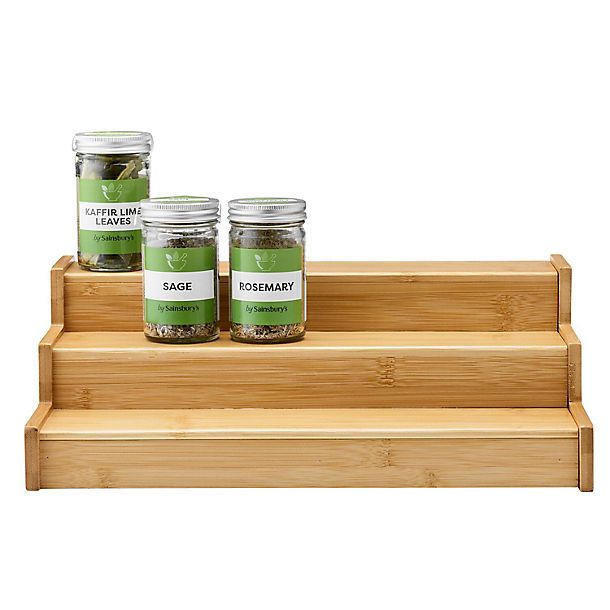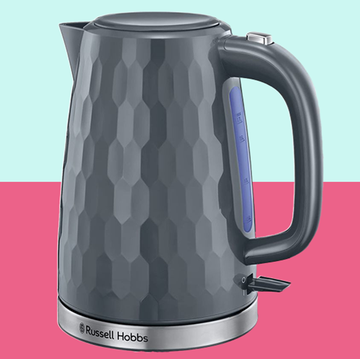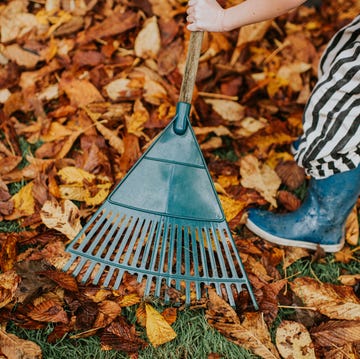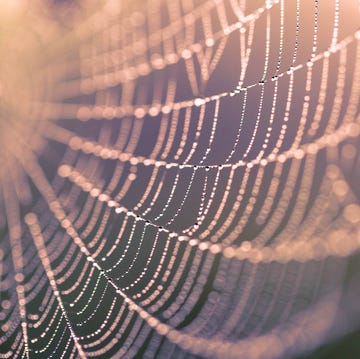A giant 22-in rat was recently apprehended in a home in North Yorkshire (the largest seen to date); my cat measures about 16-in (head and body) by comparison. So Tom and Jerry would be a very different story here.
Since the news, the search for ‘giant rats uk’ has surged, seeing an 1,850% increase in the last 24 hours according to Google Trends. It’s all everyone is talking about. Even here at GH, one colleague recanted how she struggled to eat her fish and chips in Southwold – not because of the seagulls – but because giant rats were everywhere, taking over the beaches.
The question is: why have giant rats become a thing and what can we do if one decides to move into our home? I think most house cats would run for the hills – I know mine would. Giant rats are a consequence of there being more waste to consume; they’re essentially adapting to an ever-growing food supply. So, unfortunately, this likely may turn out to be not just an isolated incident.
What to read next
The good news is that, while these rats are super-sized, there are still ways to prevent them – here’s what you need to do:
1. Remove all food and water sources
First of all, a giant rat is going to work up an appetite. So if there are crumbs and leftovers scattered around your home, you’re essentially ringing the dinner bell. Remove all traces of food from surfaces and floors; sweep or vacuum them away, reaching under your cabinets and into any crevices. Mop your hard floors afterwards too, especially in the kitchen, where sticky spills are likely to collect. Keeping a clean home is key to keeping rats at bay.
Pay special attention as you clean around your bins, too, making sure you empty them regularly and don’t leave them sitting in the sun. Your outdoor bins should always be closed and sealed, too.
Giant rats aren’t fussy, so your pet’s food will be fair game, too. Don’t leave pet food sitting out in the open, especially at night (rats are nocturnal). If they don’t want to eat everything in one sitting, break up servings into intermittent meals. And don’t forget, rats are looking for sources of water, too, so you’ll want to move water bowls out of reach and avoid leaving standing water in plant trays. Think about what’s on the menu in your garden, too; keep bird feeders contained and not overflowing.
2. Seal up your food
Following on from this, you’ll want to protect your own food from these unwelcome guests. Rats have an impressive set of teeth that will gnaw through paper packaging as well as flimsy plastic, so move your food over to thick, sturdy and sealed, plastic or glass containers. It’s an opportunity to organise your pantry at the same time!
Move what fruit and veg you can to the drawers in your fridge. Meanwhile, bread can be safely sealed away in a metal bread bin – your standard air-tight plastic bag won’t last long against a giant rat.
3. Seal up potential entrances
As you’re going through your cupboards, keep an eye out for any small gaps through which an unwelcome guest could squeeze through. A giant rat is obviously going to need a large gap – hopefully you won’t miss this – but regular-sized rats can fit through surprisingly small gaps. According to the BPCA, a standard rat can fit through a gap as thin as two fingers.
Seal up potential entrances to your home with a quality sealing foam, reinforced with steel wool, paying special attention around doors and windows as well as where any utility lines and pipes enter the home (do not use steel wool near electrical wiring though).
If you know there are rats outside, you may also want to place screens over your windows and doors to create an extra barrier. You can also fit draught excluders to seal up the space beneath a door.
4. Get rid of clutter and hiding places
Rats love clutter, not just because of the potential food sources, but because it offers more places to hide and take shelter. Rats would prefer not to be exposed, out in the open, so keep your home (and garden) as tidy as possible to make it less accommodating. Empty boxes in particular should be recycled asap, as it provides insulation, a potential nesting site and a chew toy in one – you might as well list your home on Ratmove.
Considering this, it’s a good idea to move all long-term storage from boxes to sturdy plastic containers in your attic, too – you don’t want to encourage a nest of giant rats (the stuff of nightmares). Use a decluttering technique, such as Ski Slope or Swedish Death Cleaning to make the task a little easier as you sort.
5. Buy a rat repellent
There are indoor repellents you can purchase to deter rats if you’re really worried about them getting in. Repellent balls and sachets can be placed around your home to deter by scent; these generally use a natural formulation with essential oils, such as peppermint. There are also sprays you can regularly apply; those with plant-based formulations will again repel by scent.
There’s also plug-in ultrasonic repellents which emit an ultrasonic sound to deter rats. We can’t hear it, but such a noise causes discomfort for pests and directs them away.
If you don’t want to go so far as buying repellents but want peace of mind that the giant rats aren’t likely to come knocking, peppermint is a well-known deterrent. So, keeping a few of these plants standing guard by your windows and doors, and spritzing the scent around your home regularly with diluted essential oils, can’t hurt! There’s always the option of using a diffuser, too.
6. Call in a professional
There are rat poisons you can purchase online, too, but if you know have a rat, we always recommend calling in a professional – especially if it’s a giant one! Rats can bite and spread disease, so you should leave the trapping to an expert. The British Pest Control Association can help you to find a local, vetted pest controller.
Signs of a rat
- Gnawed cables – Rats (especially giant ones) will leave a trail of destruction in their wake, often gnawing through cables. But they can actually gnaw through wood and plastic, too, so even your skirting boards and cupboards can show marks.
- Gnawed food – If the packaging of your food has suddenly been gnawed through, and there’s a trail of evidence, it’s not good news.
- Faeces – Not sure if you have a mouse or a rat? The faeces can clue you in. According to the BPCA, mouse droppings measure about 5mm in length, while rat droppings measure about 10mm. Let’s not think about giant rat droppings…
- Rustling at night – I once swore there was a rat in my bedroom as I could hear the bin rustling whenever I switched off the light. But it stopped as soon as I flicked it back on. Annoyingly, I never found a trace. These pests are often heard in the walls and attics, too.
- Greasy walls – Rats aren’t the cleanest of creatures and generally stick close to your walls as they move around the room, so there could be a greasy trail left as evidence if you look carefully.
























